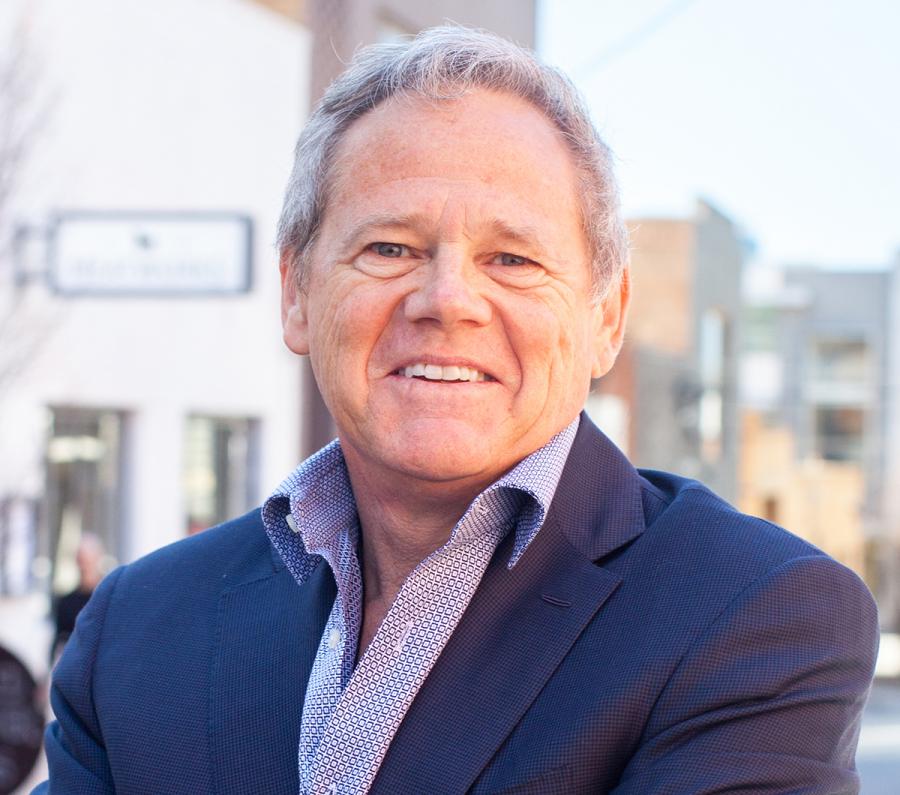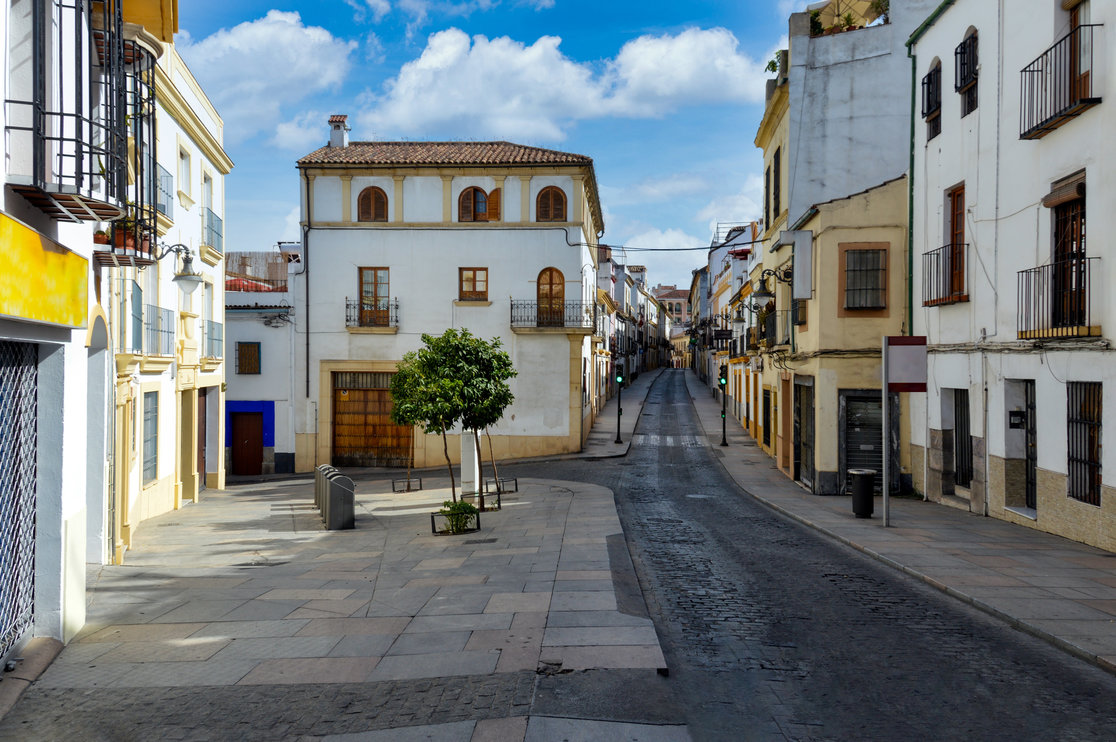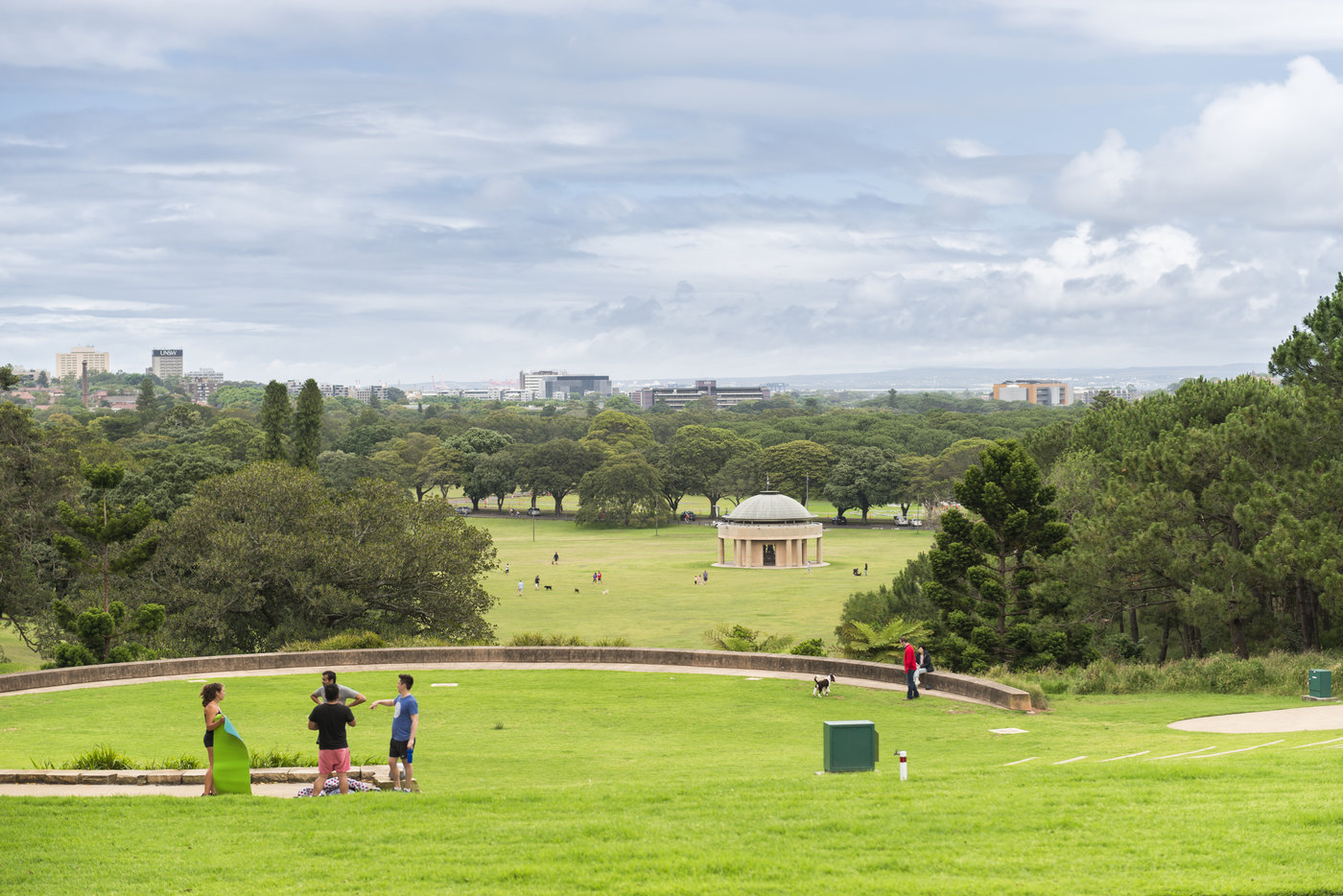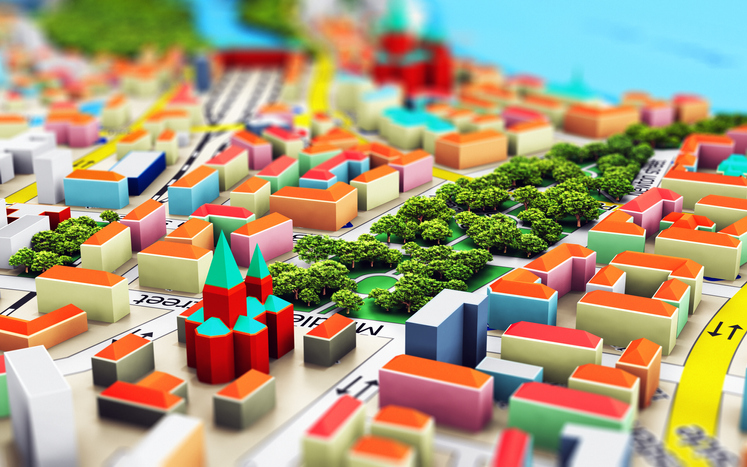Urban living in a post-pandemic world will be more local, compact, pedestrian-friendly and connected, according to a leading urban planner.

Footpaths will be wide and green spaces will be designed to accommodate social distancing .
We’ll live and work in Silicon-valley style housing with studio offices. Pedestrians and e-bikes will have priority, and cars will become the exception rather than the rule on our roads.
The coronavirus pandemic can teach us valuable lessons about urban planning and how to create better neighbourhoods, according to Mike Day, co-founder and director of planning and design firm RobertsDay.
Mr Day says coronavirus has acted as telescope for present planning shortcomings as well as a pointer to the future.
Buzzwords like lockdown, social isolation and WFH have all become emblematic of the COVID-19 era, and all hold implications for future planning, he says.
Lockdown
One thing that the coronavirus lockdown has highlighted is the importance of the neighbourhood unit, Mr Day says, and it’s shown that the most resilient communities are walkable neighbourhoods.
“In the last 30-50 years that we’ve been laying out the suburban fabric we’ve had a preoccupation with designing for the car, so business centres, shopping centres and residential areas are remote,” he says.
“COVID has sort of brought it to a head, because while we need to be physically separated, we’ve been asked to stay in our neighbourhoods.
“But the neighbourhood unit needs to be compact, with most of the daily needs within walking distance so you can walk down and get the bread and the milk, for example.”
One of the effects of more people walking and cycling locally and fewer people driving during COVID has been a radical reduction in carbon emissions as well as a reduction in car fatalities.
The effect will be enduring, Mr Day believes.
“The Mayors of Paris and Barcelona are already closing streets because there’s not enough room on the footpaths,” he says.
“We’re going to come out of the pandemic and there’s going to be less room for cars, more room for pedestrians and cyclists.”

WFH
Working from home has been the default option thanks to COVID-19, but Mr Day reckons it’s a beneficial trend that will stick.
“The lesson we’ve learned is that it is practical to work form home,” he says. “A lot of employers were reluctant to let their workers work from home until COVID but now they are seeing the benefits to the business and the individual.”
Mr Day predicts we’ll see this flow into changes in preferred housing models, from small, cabin-fever-inducing apartments to townhouse living, incorporating a Silicon Valley home office over the garage and local parks nearby.
“One of the advantages of the model is we can reclaim the frontage for pedestrians,” he says.
“You haven’t got the continuous garage frontages or the curb cut you get with the driveway in every house.
“So you can plant more trees and have shady tree-lined streets that are eminently walkable for pedestrians and cyclists, you put the verandah back on the house so you creating a better opportunity for community interaction.”
Social distancing
The pandemic has also seen an influx of people making use of public parks, with some areas, like Melbourne’s Tan Track, becoming something of a mecca.
Mr Day says it’s almost at the point where people need to pick the right time of day to be able to physically distance themselves.
He also says we should be thinking in terms of physical isolation rather than social isolation.
“We should be able to talk to each other even if have to be 1.5 metres away,” he says.
“You can do that in well executed parks and well executed pathways. At the moment they’re not wide enough to be physically separate.
“We’ve just got to be more diligent in the way physical design just needs to be more fine-tuned.”

Density
Meanwhile Mr Day says the belief that places with the greatest density are most prone to pandemics is misguided.
He says density isn’t a risk as long as good governance is in place, as places like South Korea and Singapore, which have had success in containing the virus.
“We can’t through the baby out with the bathwater. Density is just so important in terms of the healthy communities we we’ll need as we move out of the pandemic,” he says.





Congratulations Mike for putting this together in the manner that you did. If politicians are truly in Government to represent the people and not for their own agendas and that of super charged capitalism at its best ( which it has been up until now ) all of these things should and must be included in relevant coordinated policy agendas. If we keep going down the same track pre-pandemic- goodness knows what we will look like with another 2.2 billion people in 2050 on the planet. As for Melbourne this thinking was here up to the 1950’s if any body cares to look at life then in that era.Many European cities have been doing it for millennia in various forms.Just think what we could put the $15.8 billion dollars for the North East link to in this scenario. Indeed the Link would not be needed is suspect
Thank you Mike Day. We couldn’t agree more. Walkable neighbourhoods are healthy neighbourhoods. Let’s design our 20-minute suburbs and cities where walking and cycling becomes the irresistible option for transport, for recreation, for business.
It’s what we need.
Let’s hope that out of a crisis comes a more liveable opportunity for the predicted growth in Western Sydney.
So much good common sense. But we end up with Mascot Towers. Can Architects collectively push for better scale (max 5 or 6 stories) and reduced dominance of the car (zero carparking provisions)? We’ll never get Barcelona while accommodating off street parking and very high rise flats buildings which overshadow all the outdoor space and create wind tunnels, and have poor quality, ill defined public space. Planning as we know it isn’t urban design, its legalistic, incremental and pushed around by the developer friendly State Government. Architects and landscape architects must put themselves at the forefront of the “planning” process.
There is no evidence that this nice vision of future neighbourhoods in our towns and cities is more than just spin. Since the 1970s, small lot subdivisions designed to protect the human scale and values have been developed. The Dress Circle Estate developed by LJ Hooker in East Ryde NSW is one such example. It had many of the promoted qualities. But now these 600 m2
lots can be subdivided, into 250 m2 lots, with all the impacts that you can imagine; with overlooking from new 2 storey homes, loss of mature trees, privacy, minimal private open space and garden. This is the outcome of economics becoming the dominant factor in planning, now written into planning laws. Not a sustainable future for this big, dry country.
Recent experienced,like In Manila,Philippines has a higher density in other cities of the World (111,000 people per sq miles) .The national government Find it hard to imposed strict rules in social distancing.Do you have some Research what is the ideal density to contain the recent pandemic phenomenon
Love your comments Mora and so true just as yours are Jennie. I can point to a number of suburbs in outer Melbourne where some lot sizes have got down to 192 Sq metres and you can do nothing about the amenity around the inside of every block. You also need a car, to get even to the” local shopping centre” through lack of decent public transport or in some cases bicycle tracks. Also bring back the corner shop in each estate and make sure it has a cafe for those that are addicted to coffee particularly if it is near a school/kinder/day care centre. This will be an encouragement for people to walk. Most importantly in this post pandemic world stop being so city centric and bring more government agencies to the suburbs as they employ a huge number of people.